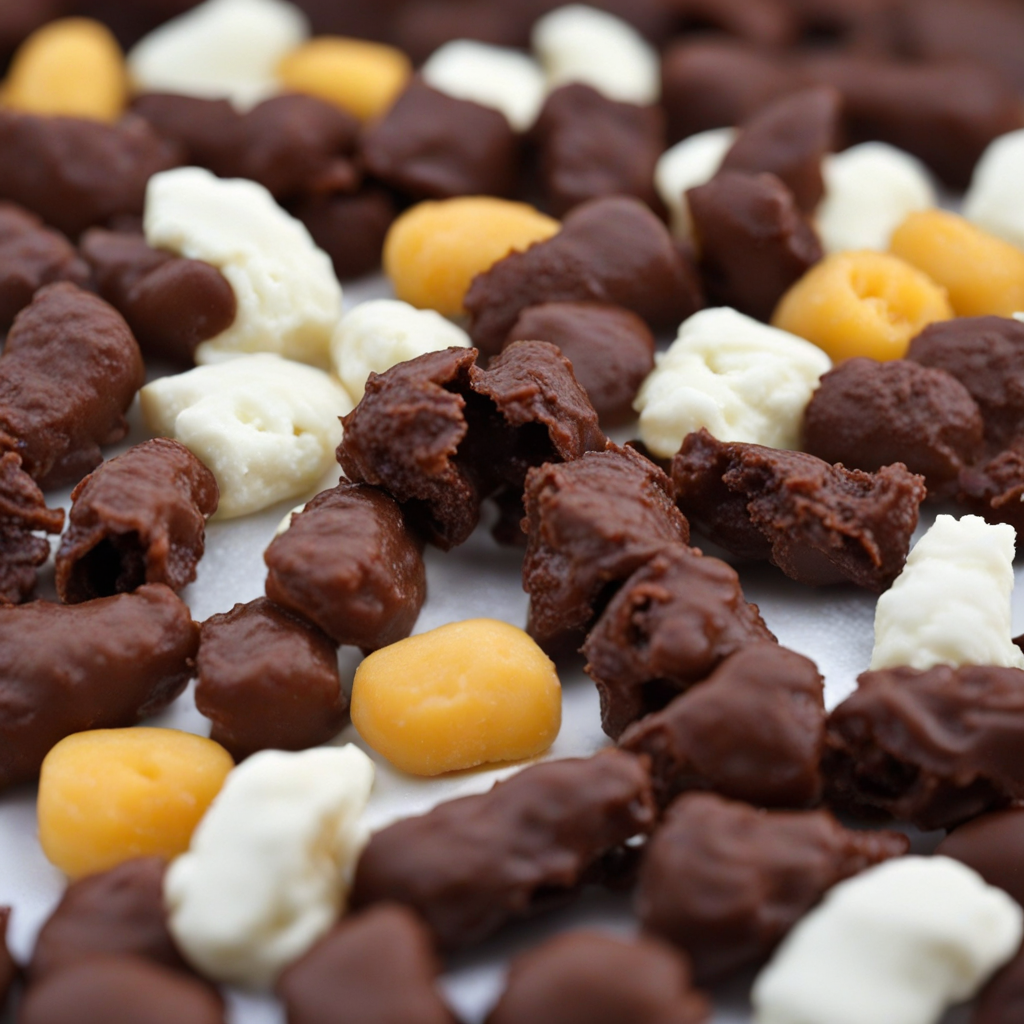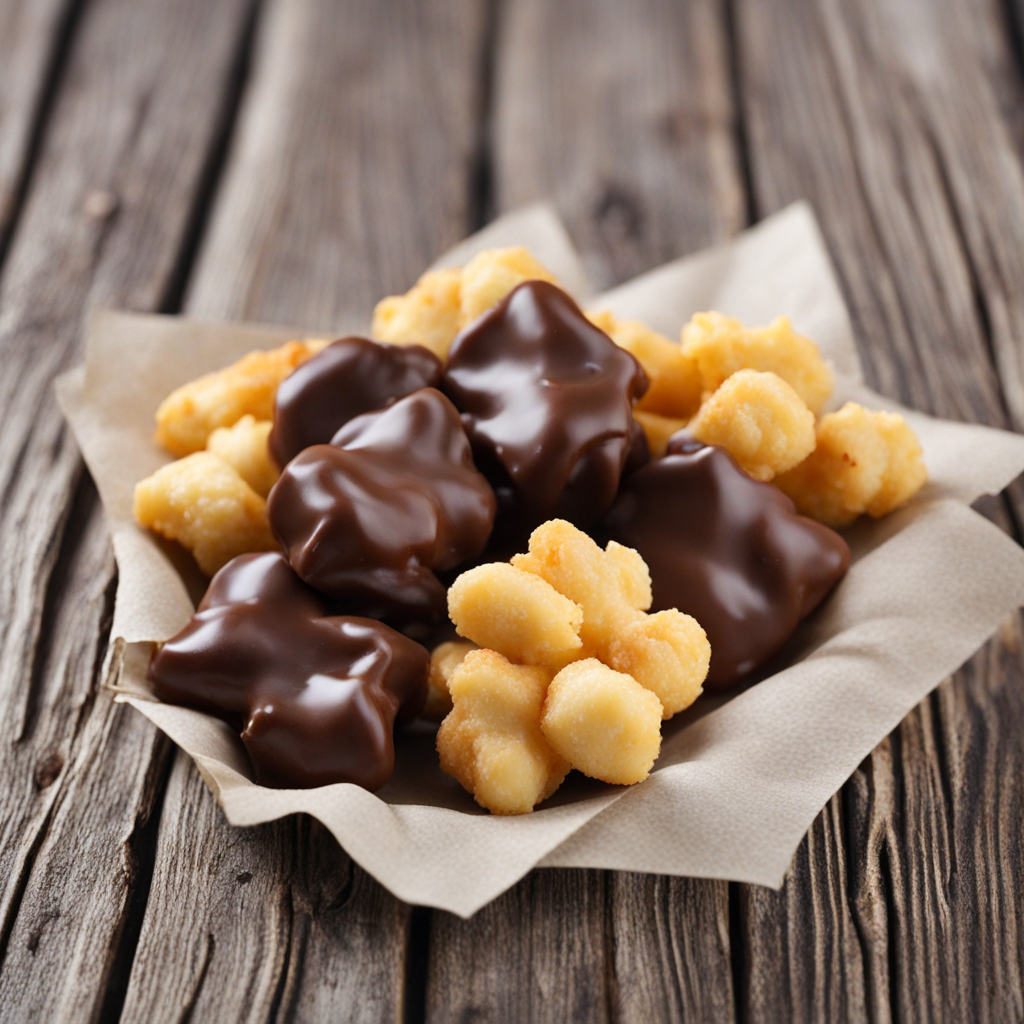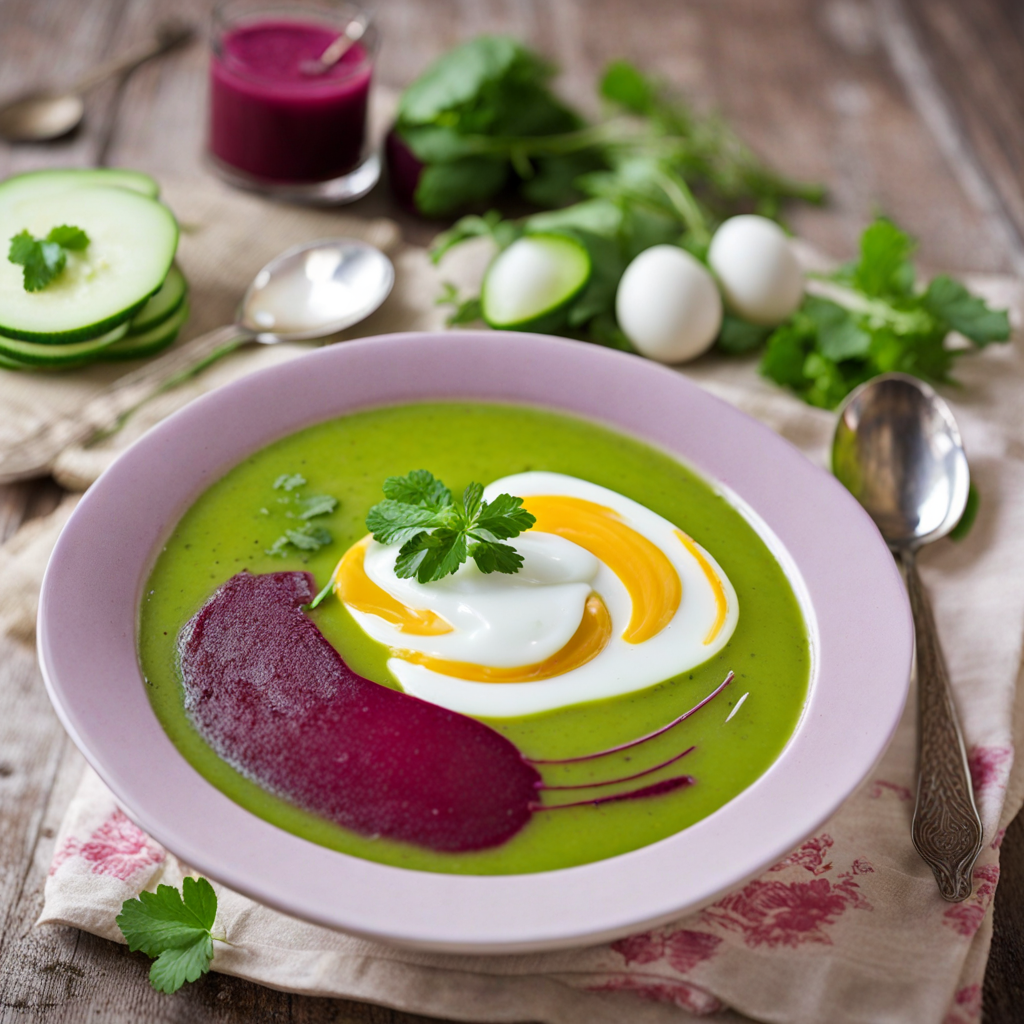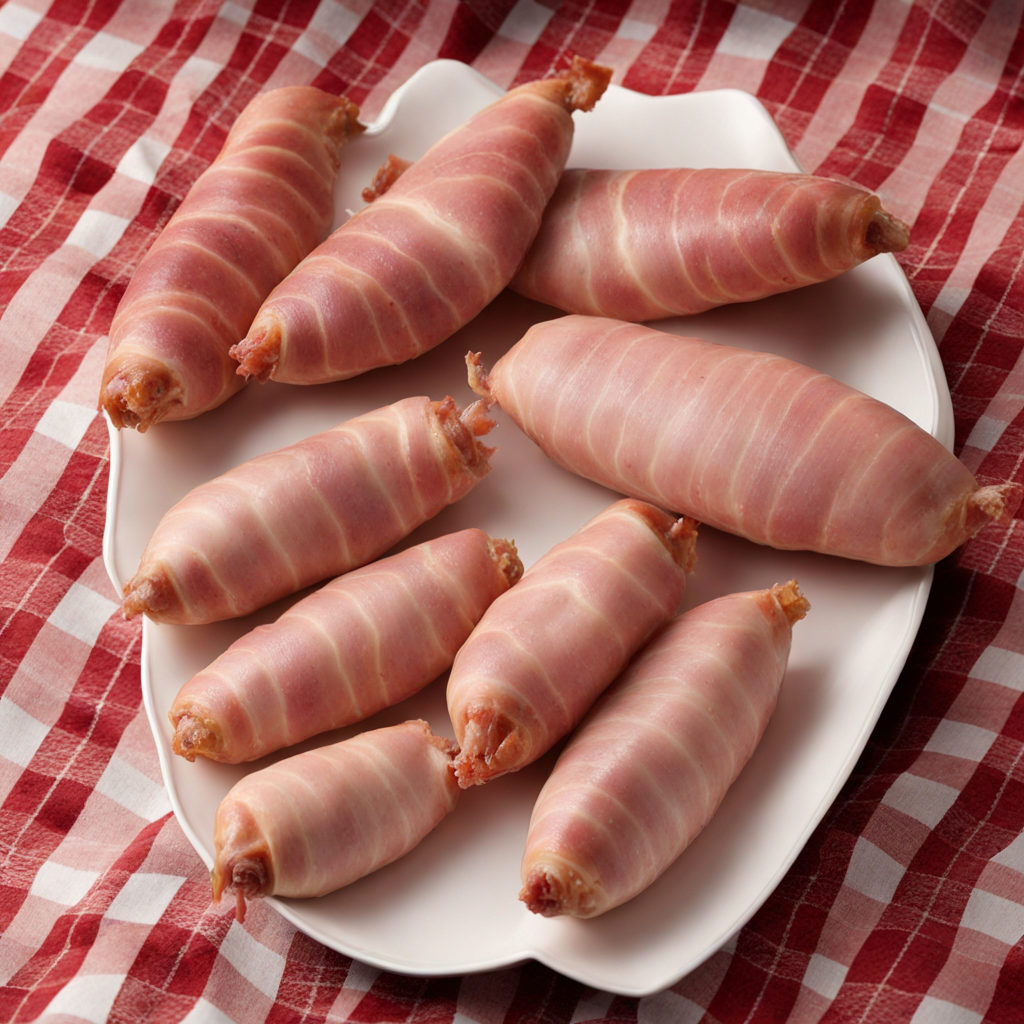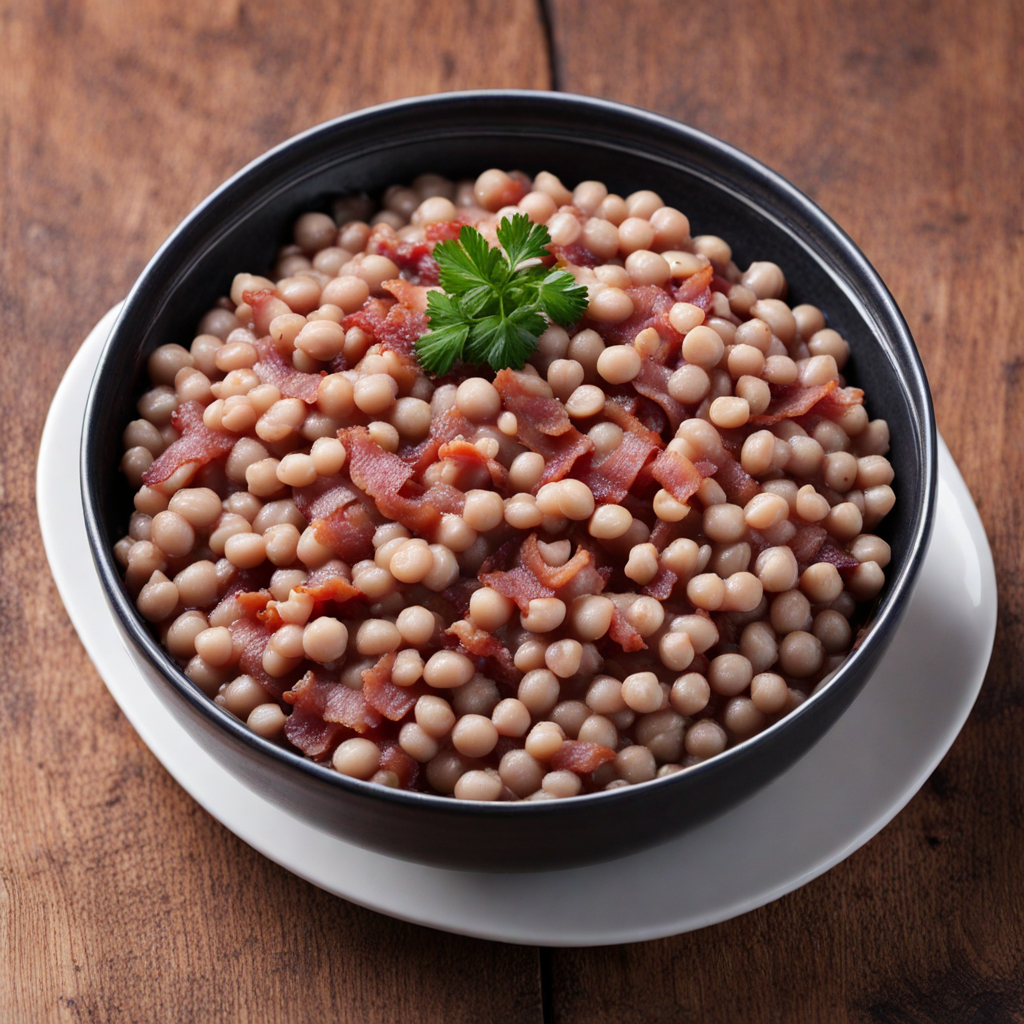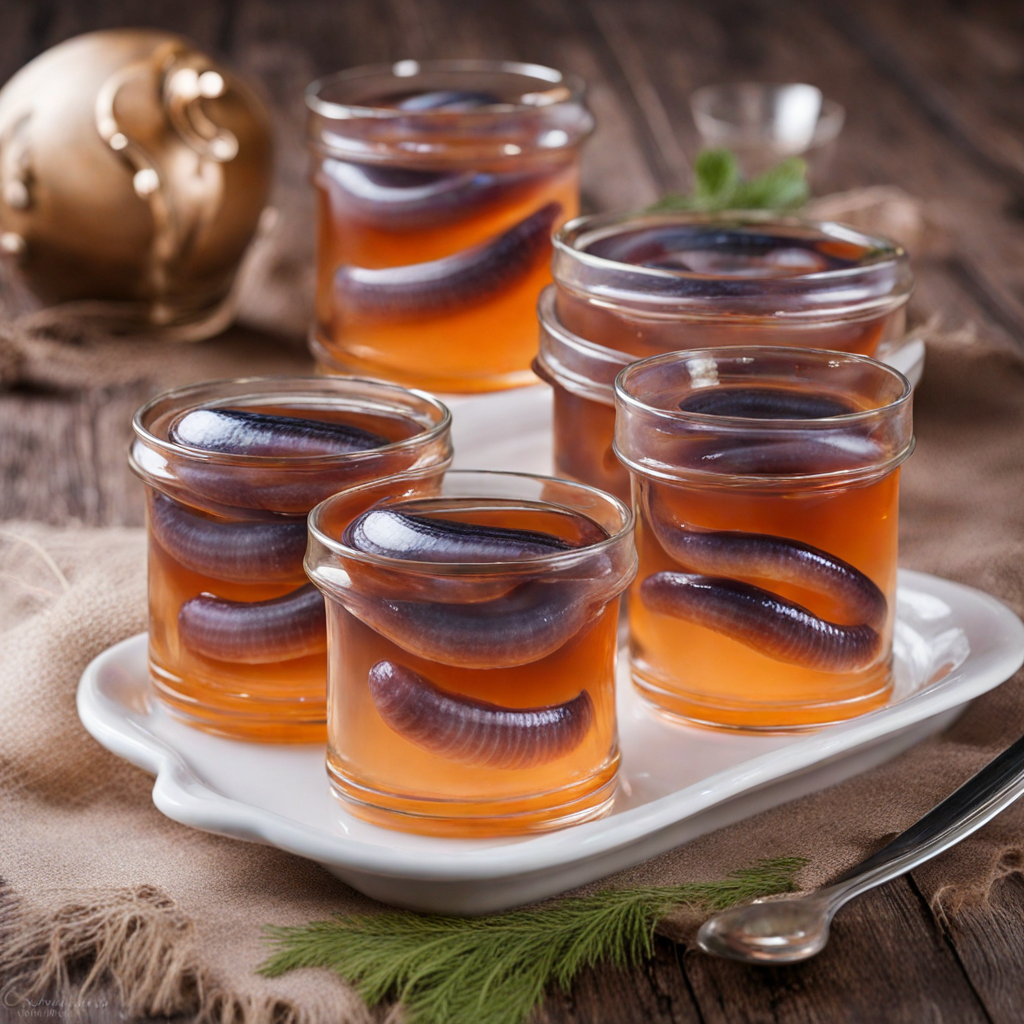Karums
Karums is a delightful Latvian dessert that embodies the country's rich culinary heritage. This creamy, custard-like treat is made primarily from curd cheese, sugar, and eggs, resulting in a smooth texture that melts in your mouth. The key to its unique flavor lies in the use of fresh, locally sourced ingredients, which lend a subtle tanginess to the sweetness. Often flavored with vanilla or citrus zest, Karums is a versatile dish that can be enjoyed plain or adorned with fruit preserves, whipped cream, or a sprinkle of nuts for added crunch and depth. Traditionally served chilled, Karums is a popular choice at celebrations and gatherings, making it a staple during holidays and special occasions in Latvia. Its simplicity belies the complex flavors that unfold with each bite, as the creamy base harmonizes beautifully with the toppings, creating a delightful balance of sweet and tart. The dish is often baked to achieve a light golden hue on the surface, which adds a slight caramelization that enhances the overall taste experience. In addition to its delightful flavor profile, Karums is a beloved part of Latvian culture and is often associated with family recipes passed down through generations. Whether enjoyed at a cozy café or made at home, this dessert captures the essence of Latvian hospitality, inviting you to savor the warmth and comfort of traditional home-cooked delights. For those looking to explore new tastes, Karums offers a unique opportunity to indulge in a delicious slice of Latvian tradition.
How It Became This Dish
Origin of Karums Karums is a traditional Latvian curd cheese dessert that holds a special place in the hearts and kitchens of the Latvian people. Its origins can be traced back to the rural traditions of Latvia, where dairy farming played a crucial role in daily life. The name “Karums” is derived from the Latvian word for "treat" or "delicacy," which reflects its status as a beloved sweet. Traditionally, it was made using curds from milk—a staple ingredient in Latvian cuisine—along with sugar and various flavorings, such as vanilla or lemon zest. The earliest references to dairy products in Latvia date back to the Middle Ages when farmers began to cultivate livestock and make cheese as a means of preserving milk. The art of cheese-making evolved over centuries, and the simplicity of the ingredients made Karums accessible to households across the country. As Latvia's agricultural practices improved, so too did the techniques for creating this delightful dessert. \n\n Cultural Significance Karums is more than just a dessert; it embodies the cultural heritage of Latvia. It is often associated with family gatherings, celebrations, and national holidays. In Latvian culture, food is a means of bringing people together, and Karums is no exception. This dessert is often served at festive occasions, such as Christmas and Easter, and is a popular choice for birthdays and other celebratory events. The act of preparing Karums can also be a communal activity, bringing families and friends together in the kitchen. In addition to its role in celebrations, Karums is also a symbol of Latvian identity. The dessert is often featured in local markets and festivals, showcasing the country’s rich culinary traditions. During the Latvian Independence Day celebrations, for example, many people take pride in preparing and sharing traditional dishes, including Karums, as a way to honor their national heritage. It serves as a reminder of the resilience and creativity of the Latvian people, especially during periods of foreign occupation and political strife. \n\n Development Over Time As Latvia underwent significant cultural and political changes throughout the 20th century, so too did the culinary landscape, including the evolution of Karums. Initially, the dessert was made using simple, local ingredients. However, with the advent of industrialization and globalization, new variations and adaptations of Karums began to emerge. The post-Soviet era saw a resurgence of interest in traditional foods, as Latvians sought to reclaim their culinary heritage and distinguish their national identity. In modern times, Karums has morphed from a home-cooked treat to a product found in supermarkets and specialty shops. Today, it is often available in various flavors and forms, including fruit-infused versions and ready-made packages. The traditional recipe has been adapted to cater to contemporary tastes, with new ingredients being incorporated and health-conscious variations emerging. Some producers have even experimented with gluten-free and vegan options, showcasing the versatility of this beloved dessert. \n\n Ingredients and Preparation The classic recipe for Karums typically includes quark or farmer's cheese, sugar, and flavoring agents like vanilla or lemon. The process begins with the preparation of the curds, which are often made from cow's milk. After the curds are separated from the whey, they are mixed with sugar and flavorings to achieve a rich, creamy texture. The mixture is then molded into small cakes or served in cups, often garnished with fruit preserves or fresh berries. In many households, the preparation of Karums is passed down through generations, with each family adding their unique twist to the recipe. Some may use whipped cream to enhance the texture, while others might incorporate local berries to celebrate the seasonal harvest. This adaptability not only reflects individual family traditions but also signifies the importance of locality and seasonality in Latvian cooking. \n\n Karums in Contemporary Latvia In contemporary Latvia, Karums continues to thrive as a cherished dessert. It is commonly found in cafes, restaurants, and bakeries, often accompanied by a cup of coffee or tea. The dessert is also featured in culinary festivals, where chefs and home cooks alike showcase their creativity and passion for this iconic dish. Furthermore, social media has played a significant role in revitalizing interest in Karums, with food bloggers and influencers sharing recipes and photographs that celebrate this traditional treat. The revival of traditional foods like Karums has also sparked a broader movement towards the preservation of Latvian culinary heritage. As more people become aware of the importance of local ingredients and traditional methods, there is a renewed appreciation for the simplicity and authenticity of dishes like Karums. This trend has led to a growing market for artisanal food producers who specialize in creating high-quality, handcrafted versions of classic Latvian treats. \n\n Conclusion In summary, Karums is a testament to Latvia's rich culinary history and cultural resilience. From its humble beginnings as a rural dessert to its place in modern Latvian cuisine, Karums has evolved while remaining a beloved symbol of national identity. As Latvians continue to celebrate their culinary heritage and share it with the world, Karums will undoubtedly hold a special spot in the hearts of both locals and visitors alike. Whether enjoyed at a festive gathering or as a simple everyday treat, Karums represents the warmth, creativity, and tradition that define Latvian culture.
You may like
Discover local flavors from Latvia


